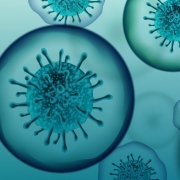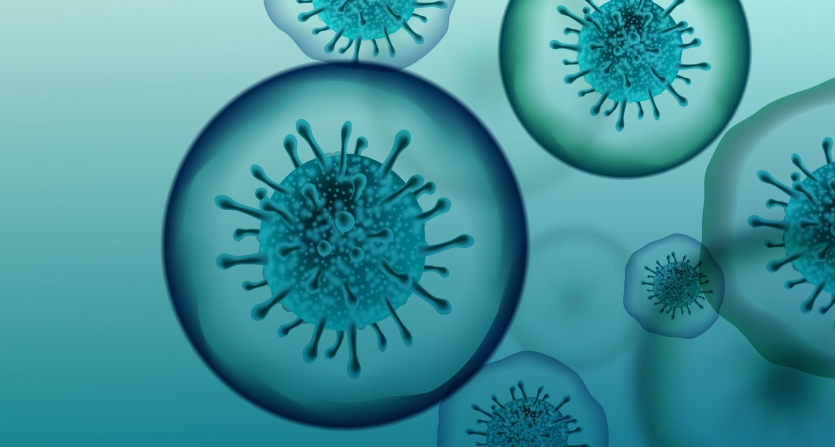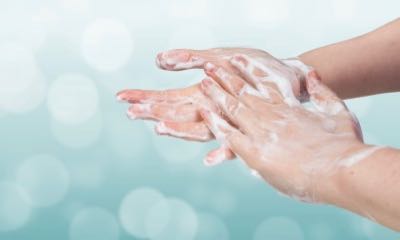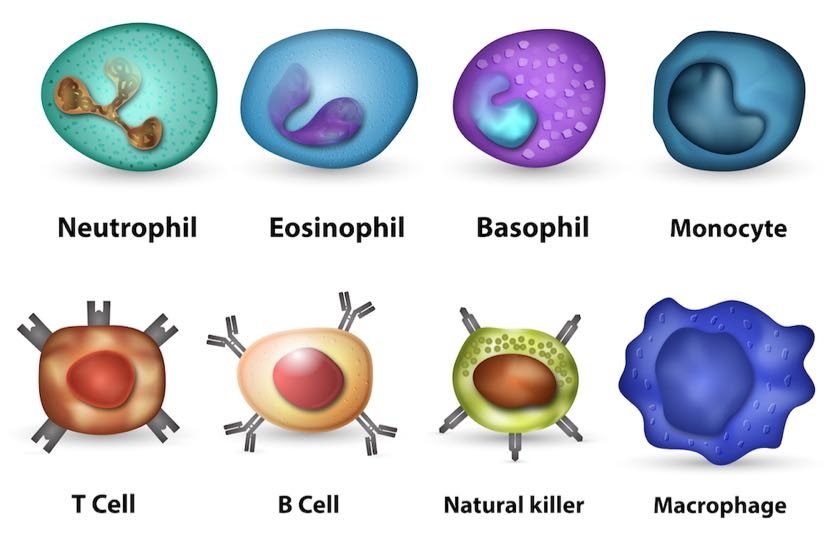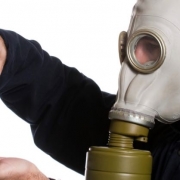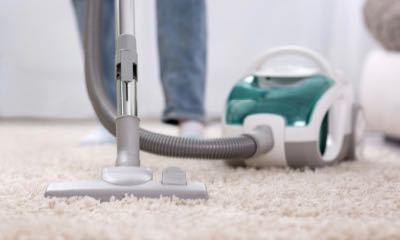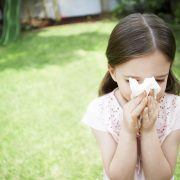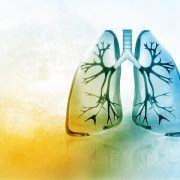Your immune system is ecstatic to unite with your bed at the end of the day. That’s because tucking in for a restful night of quality sleep is one of the best immune supporting habits you can adopt. Sleep is essential for total body health, of course. But what your immune system does while you sleep connects the maintenance of proper protection to your nightly slumber.
Sleep brings the period of regrouping, repairing, and rejuvenation you need to maintain your healthy, and occasionally hectic, life. So, it’s not surprising study after study link sleep to maintaining healthy immune function.
You have probably felt it in your life. Running yourself down and burning the proverbial candle at both ends can leave you feeling less than your best. You’re off, weakened, grumpy, susceptible to poor health decisions, and generally gross.
You’ve also lived the end result of a solid night of slumber. You’re energetic, sharp, strong, mentally agile, and generally ready for what the world has in store. So, you understand the benefits of sleep. What you might not know is why or how sleep is vital to supporting immune health.
An eye-opening exploration of your body at rest is the way to reveal that information. It’s time to pull back the covers on what your immune system does while you sleep—including moving components around, making “immunity memories,” and triggering processes that support immune cell proliferation and effectiveness.
While You’re Sleeping … Your Immune Cells Move Around
Sleep is a complex, active process cloaked in serenity. You look calm and peaceful in your dreamy state. But your immune system (along with your brain and other bodily processes) are cranking away at keeping you healthy.
For one, some of your most important immune cells are on the move.
T cells (important white blood cells made in your thymus) circulate in your bloodstream while you’re awake. They’re like your security force ready to pounce on intruders. During sleep, T cells leave the blood, dropping their levels.
Where do they go? Researchers have had a hard time tracking them in subjects. But evidence suggests that some subsets of T cells tuck into lymph nodes for the night, only to return to the blood when wakefulness is upon you.
Why does this happen? It’s complex, but there is some agreement T cells’ overnight stopovers in the lymph nodes helps adaptive immune memory. You’ll read more about this process below.
The immune cell movements during sleep also help maintain equilibrium. Your body is always seeking homeostasis, and sleep gives the immune system the time to accomplish that.
While You’re Sleeping … Your Immune System is Creating Memories
Sleep helps your brain form memories. It does the same for your immune memories.
Hormones start the chain reaction of events that cements an immune memory. Those secreted by your endocrine system during deep, non-rapid-eye-movement sleep prompt creation of durable immune memories.
Part of this process is the nighttime lymphatic rendezvous of T cells and antigen-presenting cells. Movement into lymph nodes and lymphatic tissue allows antigen-presenting cells to pass information to T cells. This is key to immune memory creation and the responsiveness of your adaptive immune system.
How do scientists know this works? Researchers have studied how sleep impacts specific immune-memory-cell counts after vaccinations (one of the only ways to test this process without harming subjects by exposing them to active pathogens).
Results show adequate sleep after vaccination supported production of antibodies and antigen-specific T cells. Sleep-deprived individuals didn’t exhibit the same robust response to the vaccine. This shows the power of sleep to support your adaptive immunity and help provide optimal protection for your body.
While You’re Sleeping … Immune Cell Effectiveness is Being Preserved
Sleepwalking through the day after a late night is proof you’re your best self when you’re well rested. A good night of sleep makes you a more efficient and effective individual, who can tackle what life throws your way.
Your immune system is at its best after a night of quality sleep, too. Let’s go back to the T cells to see what your immune system does while you sleep to help these cells do their job keeping you safe and healthy.
To neutralize invaders, your T cells need to stick to them first. The tacky ability that helps T cells kill pathogen-infected cells comes from proteins called integrins. One study looked at how sleep impacts these proteins and your T cells’ ability to do their job.
Researchers linked sleep (and the corresponding drop in stress hormones) with the normal activation of these sticky proteins and maintained T-cell function. The sleep-deprived group showed reduced integrin activity. Those who slept had properly sticky T cells capable of effectively fulfilling immunity duties.
Sleep and its accompanying cocktail of hormones help maintain the effectiveness of important immune-cell processes. Studies have produced positive signals about the interaction between sleep and key immune-cell processes, including:
- Proliferation of white blood cells and protective immune proteins (cytokines)
- Activation of immune cells
- Differentiation of new white blood cells
- Optimization of natural killer cell function (quick-acting white blood cells of the innate immune system)
When your immune cells are cared for—as they are when you get quality sleep—your supply of bodyguards are stocked, locked, and ready to protect you properly.
Tuck into Immune Supporting Sleep
Reading about the immune benefits of sleep could have you extra excited about your nightly slumber. That’s understandable. You’ve gotten a look at what your immune system does while you sleep. And how important that is for your health.
Plan for at least seven hours of good sleep every night. You may have to adjust your routine—especially around technology. But it will be worth it for your immune system, and for everything else sleep does for your body.
References
https://www.ncbi.nlm.nih.gov/pmc/articles/PMC3256323/
https://www.ncbi.nlm.nih.gov/pubmed/20398008
https://www.medicalnewstoday.com/articles/324432
https://www.webmd.com/sleep-disorders/features/immune-system-lack-of-sleep#1
https://www.sciencedaily.com/releases/2017/01/170127113010.htm
https://journals.physiology.org/doi/full/10.1152/physrev.00010.2018
https://www.ncbi.nlm.nih.gov/pmc/articles/PMC5768894/
https://www.sciencedaily.com/releases/2016/11/161115132547.htm
https://www.mayoclinic.org/diseases-conditions/insomnia/expert-answers/lack-of-sleep/faq-20057757




